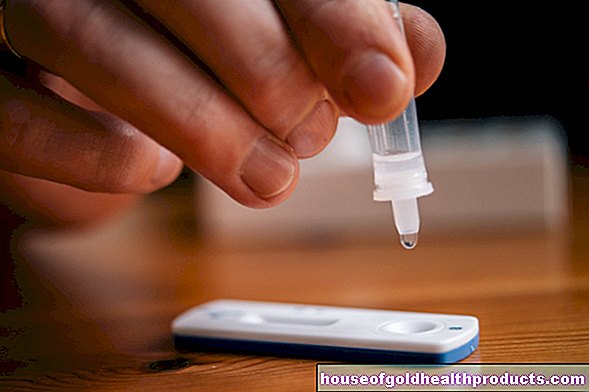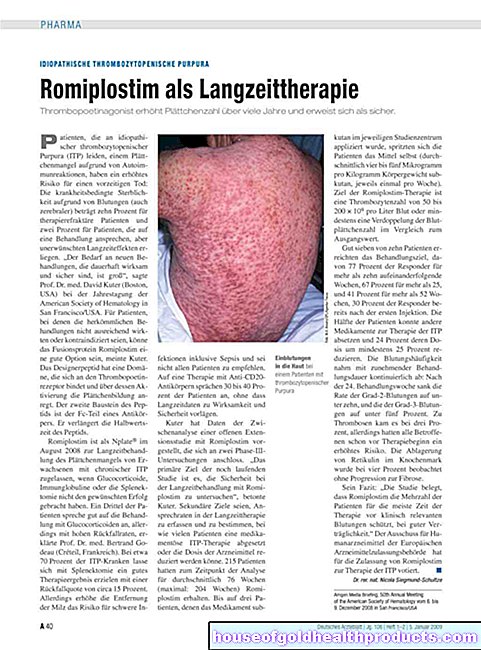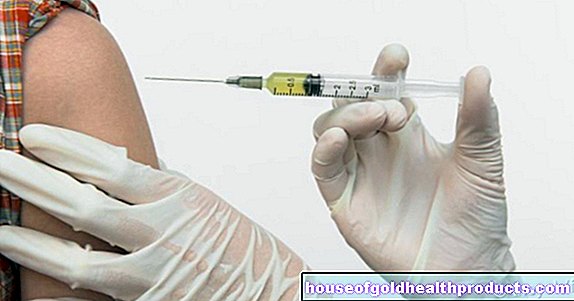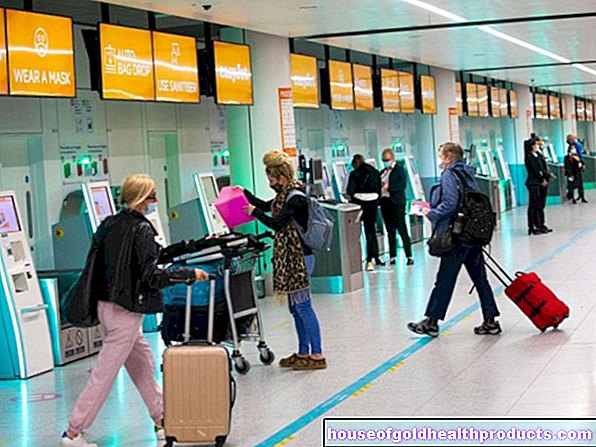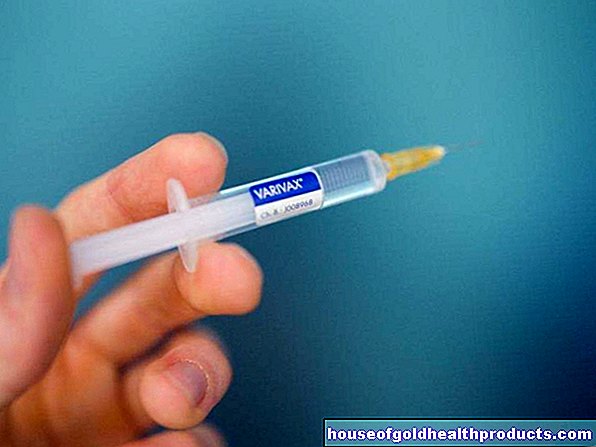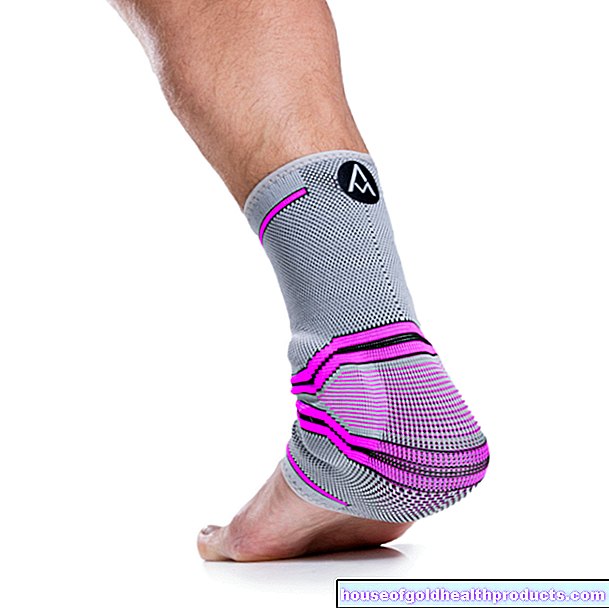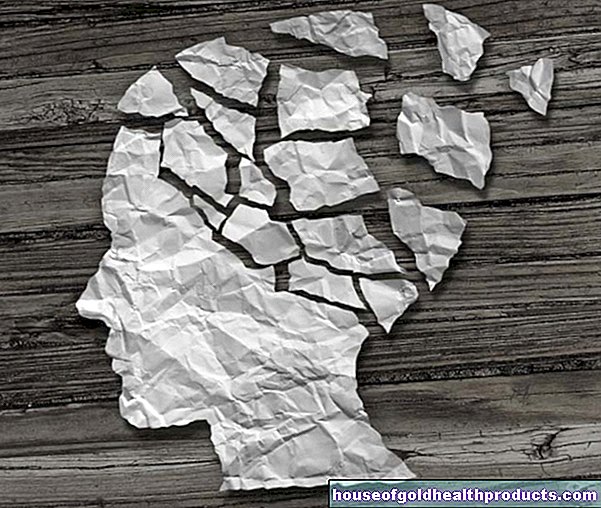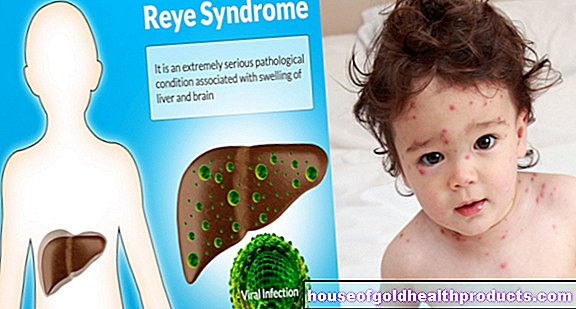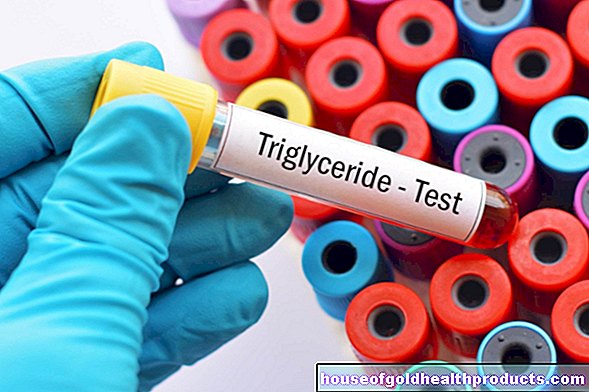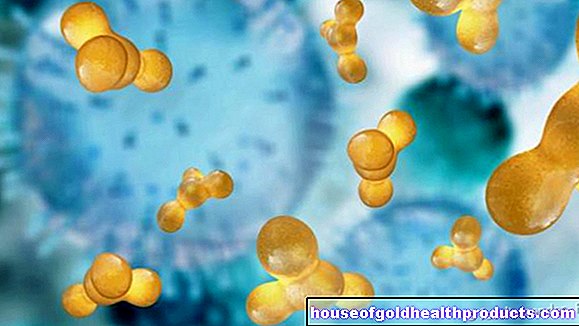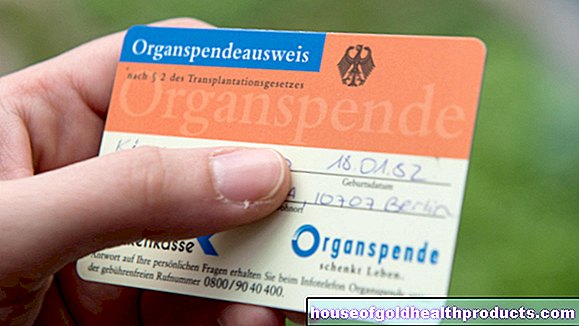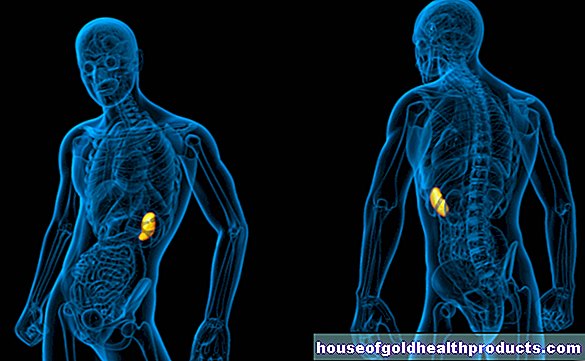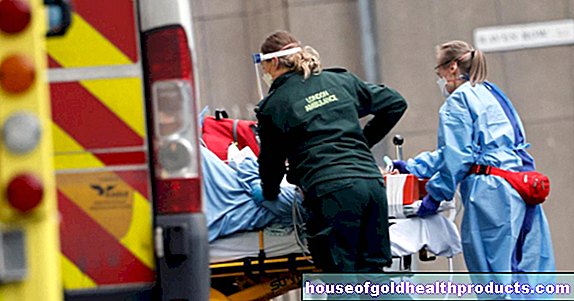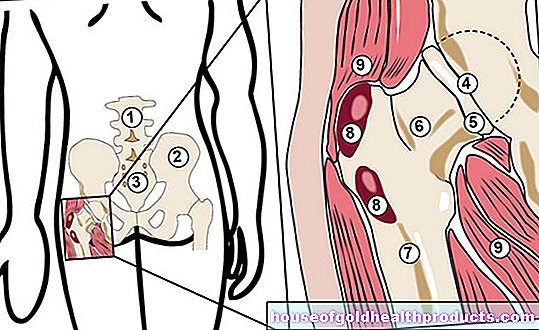Rapid drug test
Valeria Dahm is a freelance writer in the medical department. She studied medicine at the Technical University of Munich. It is particularly important to her to give the curious reader an insight into the exciting subject area of medicine and at the same time to maintain the content.
More about the experts All content is checked by medical journalists.A rapid drug test can be used to detect the use of different drugs or medications, but not their amount. The rapid drug test is mainly used for controls by customs or the police, as it is quick and easy to use. Read here which rapid drug tests are available, how they work and what to watch out for in a rapid drug test.

What is a rapid drug test?
A rapid drug test is used to quickly and easily detect drugs, certain drugs or their breakdown products in urine, saliva or sweat, on the skin or on the surface of objects. Breathing gas analysis for alcohol detection can also be referred to as a rapid drug test.
In general, rapid drug tests are based on a so-called immunoassay. It provides evidence of drug consumption with the help of an antigen-antibody reaction. Antibodies are normally formed by the body that bind foreign substances (antigens) and thus render them harmless. In a rapid drug test, to put it simply, the substances you are looking for bind to artificially produced, specific antibodies and generate a color reaction that is visible to the naked eye.
Rapid drug tests come in many different designs. In most cases, urine is used as a sample material. The drug wipe test, on the other hand, has an absorbent fleece that detects traces of drugs that adhere to surfaces or have dissolved in sweat and saliva.
When do you do a rapid drug test?
A rapid drug test can be necessary in different situations to prove the consumption of a substance. In addition to legal aspects, this can also be therapeutically important, for example if the administration of an antidote or intensive medical treatment (ventilation, dialysis) may be necessary. For example, a rapid drug test is carried out:
- if poisoning is suspected and in unexplained medical emergencies
- for monitoring the course of drug therapy
- to clarify the question of guilt, for example in road traffic accidents
- in the context of investigations in forensic medicine
What do you do with a rapid drug test?
Urine is one of the most frequently used sample materials, as in addition to the original substance, the degradation products can also be detected in it over several days to weeks. These often also provide information on the type of intake and the frequency of consumption. In addition, unlike blood, urine can be obtained without medical intervention, which greatly expands the range of applications.
A urine test strip or a so-called multi-drug test card (multi-drug screen card) are dipped into the fresh urine. If the amount of the searched substance exceeds the cut-off value, a test field changes color.
The cut-off is considered to be the limit value above which one can assume willful drug use. Thanks to various test fields, amphetamines, cocaine, opiates and other substances, for example, can be detected simultaneously with a multi-drug test card. The test fields are compared with a color table. An additional control field indicates a negative test result. Additional fields that change color with different manipulation methods offer a further advantage. If urine cannot be obtained, a drug wipe test is often used. The drug wipe test is a small device with a suction pad. This fleece is wiped over the skin or tongue and thus wetted with sweat or saliva. The substances are also detected by discoloration in the drug wipe test.
What are the risks of a rapid drug test?
Performing a rapid drug test as an examination method does not pose any health risks. In rare cases, a rapid drug test can result in false positive results. For example, the use of legal hemp products (e.g. in shampoo) can lead to a positive drug wipe test. The consumption of poppy seed cake can also produce a color change in the rapid drug test. The European poppy seeds contain traces of opium-like substances, albeit in medically irrelevant quantities.
What do you have to consider with a rapid drug test?
The detectability of drugs depends on the substance, the resulting metabolites, the sample material and the test procedure carried out. The frequency of consumption and regularity also play a decisive role. Since a rapid drug test is more prone to errors than specific laboratory methods and also only provides qualitative evidence of drug use, it is not admissible in court. If, for example, a rapid drug test at a traffic stop shows a positive result for alcohol, a blood test must still be carried out afterwards.
Tags: sex partnership dental care hospital




